
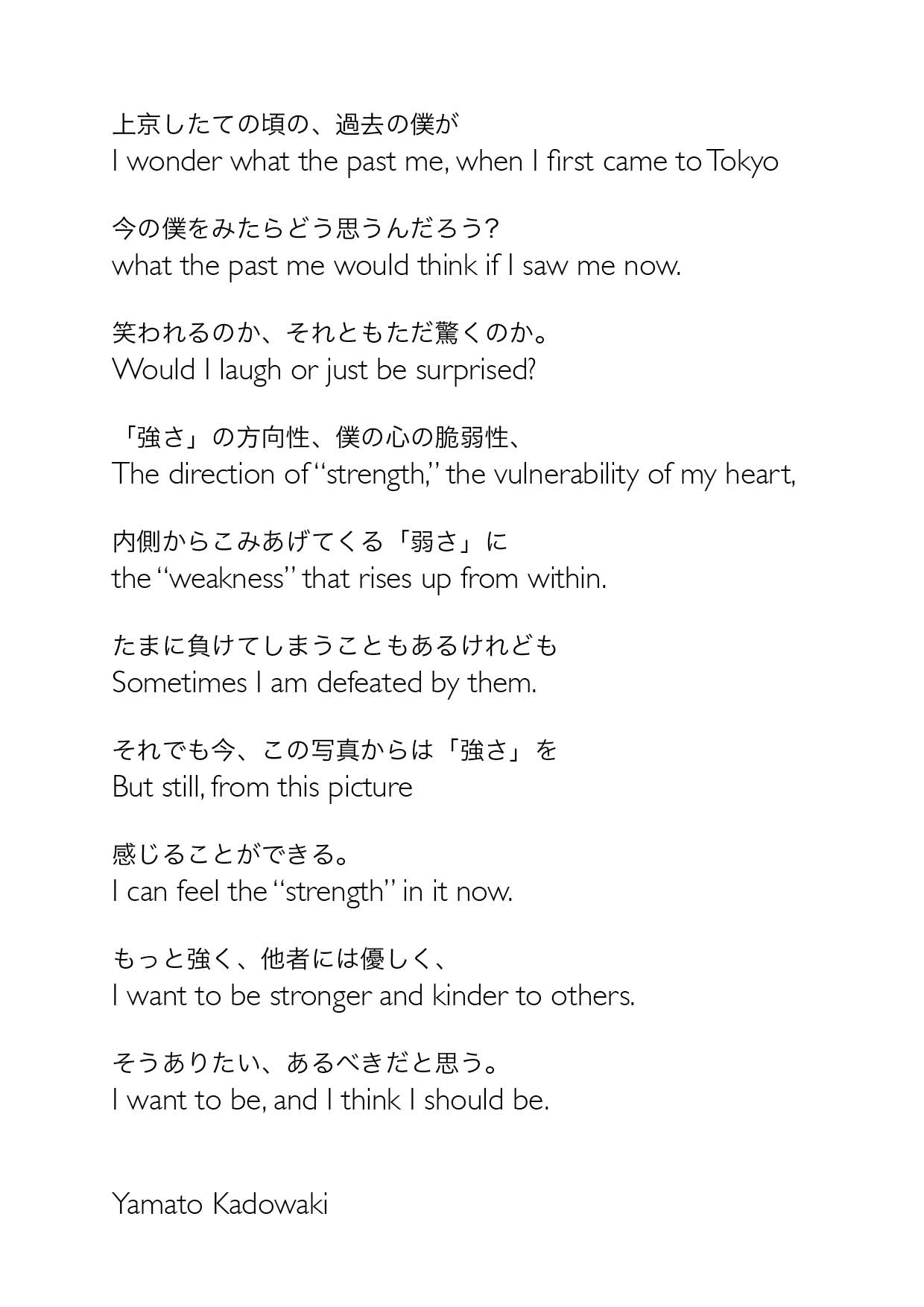
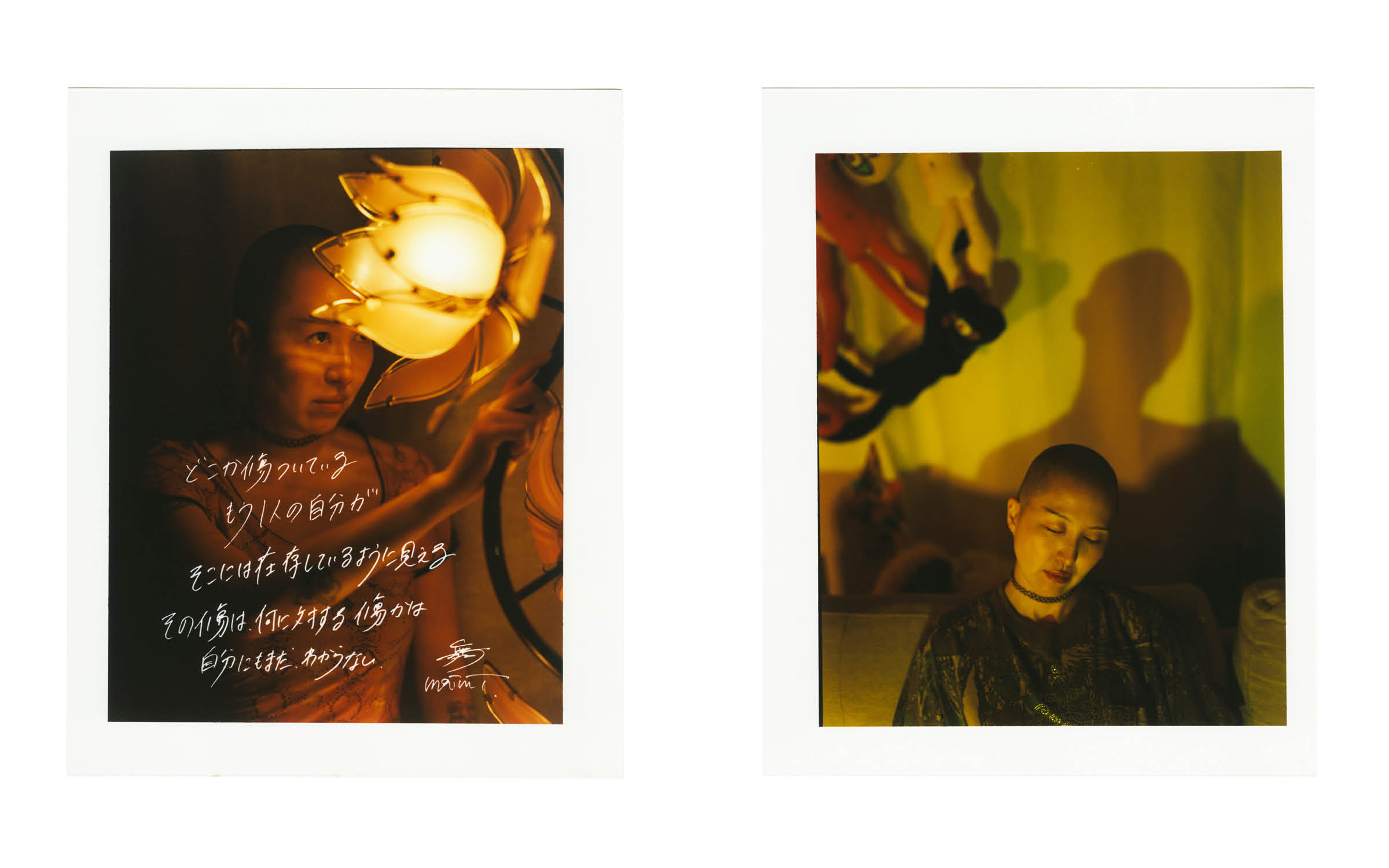

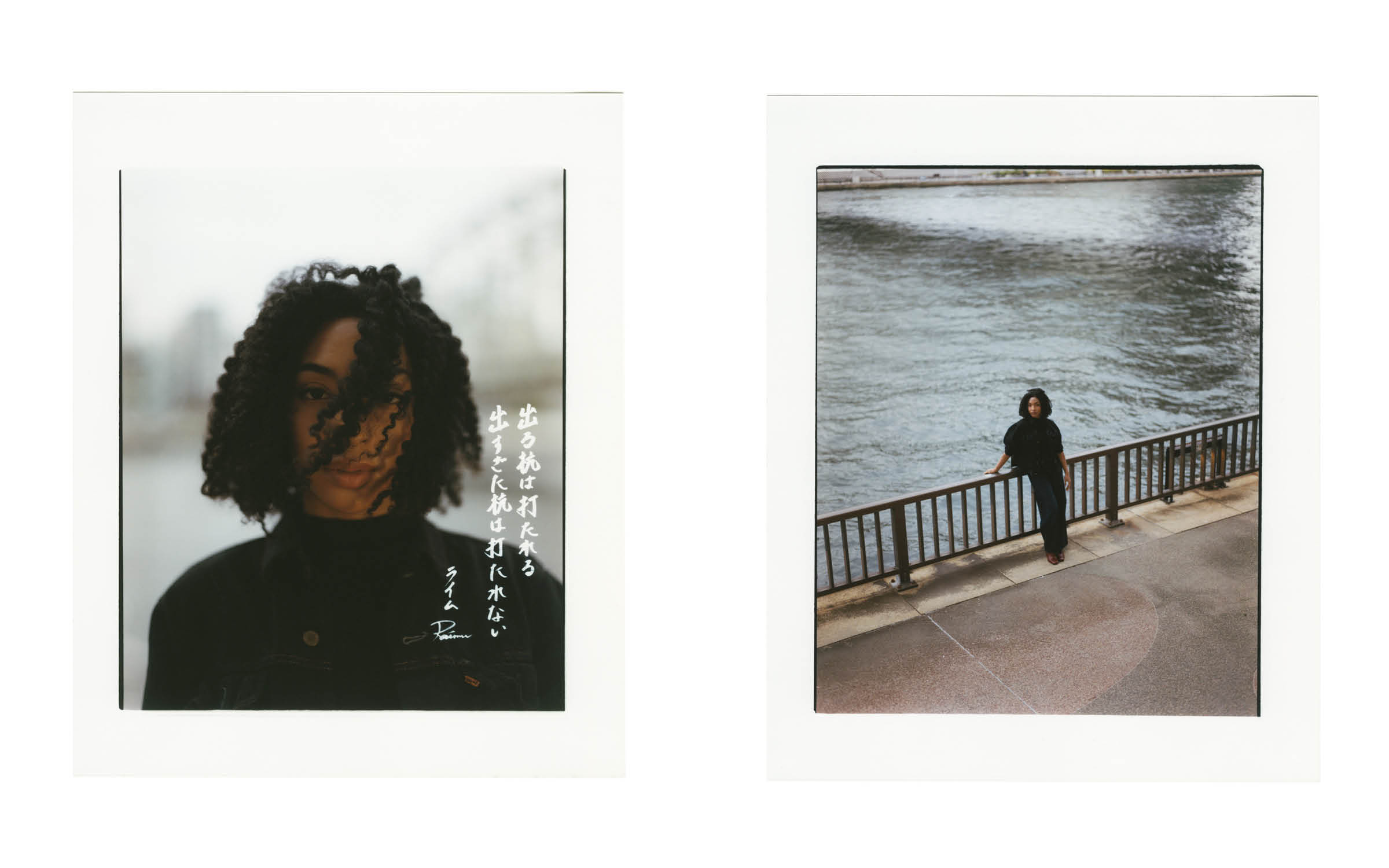







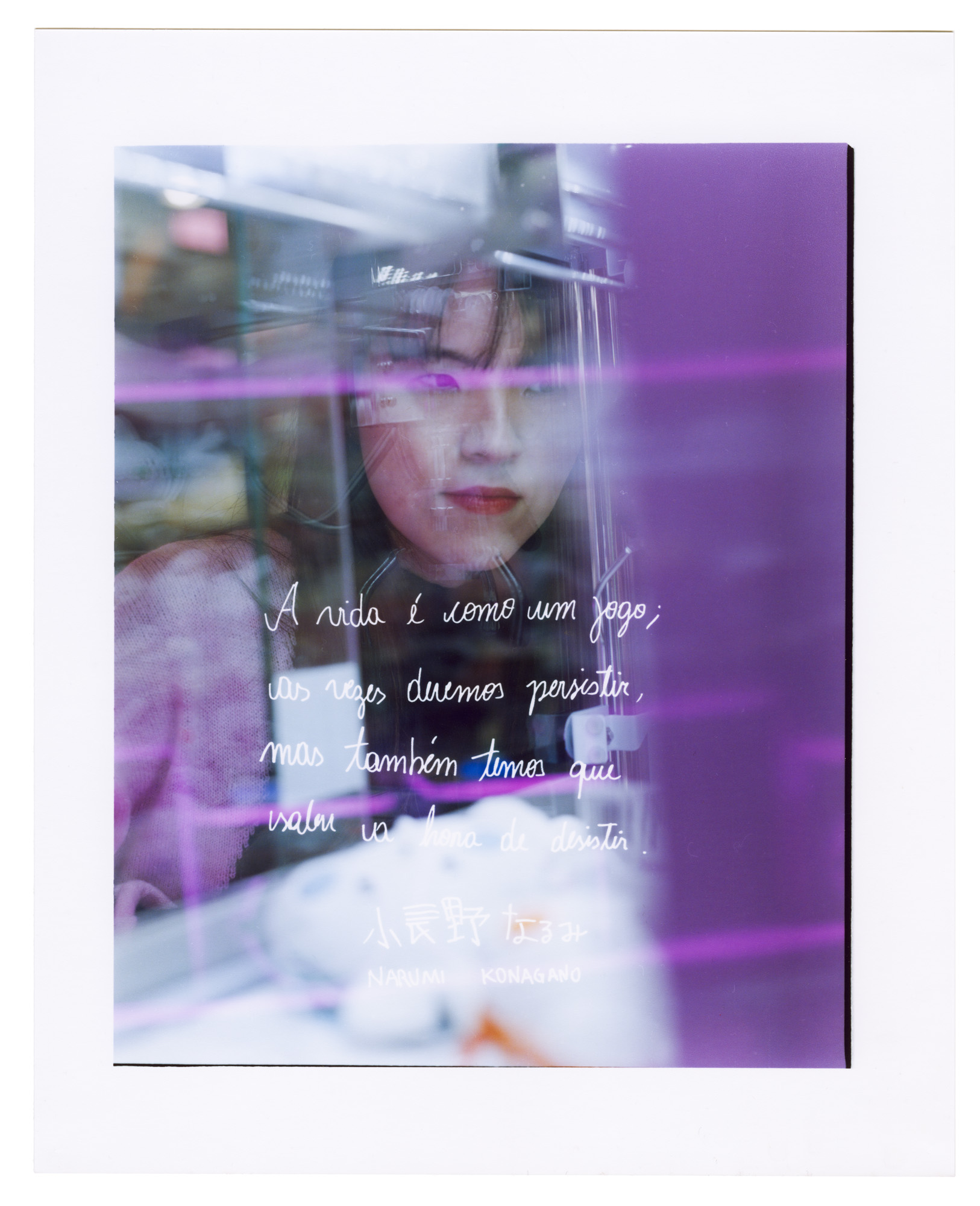




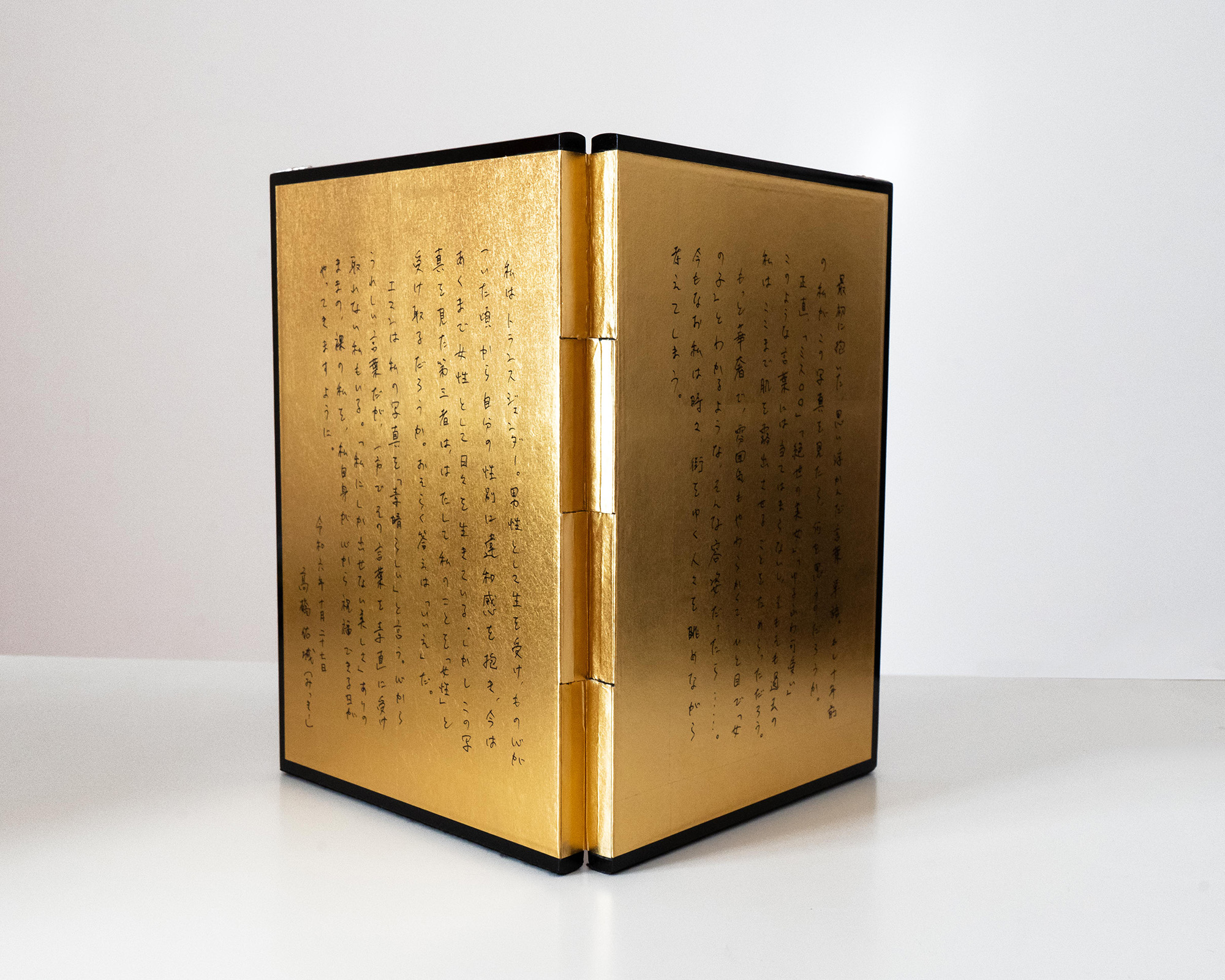




Open Studio

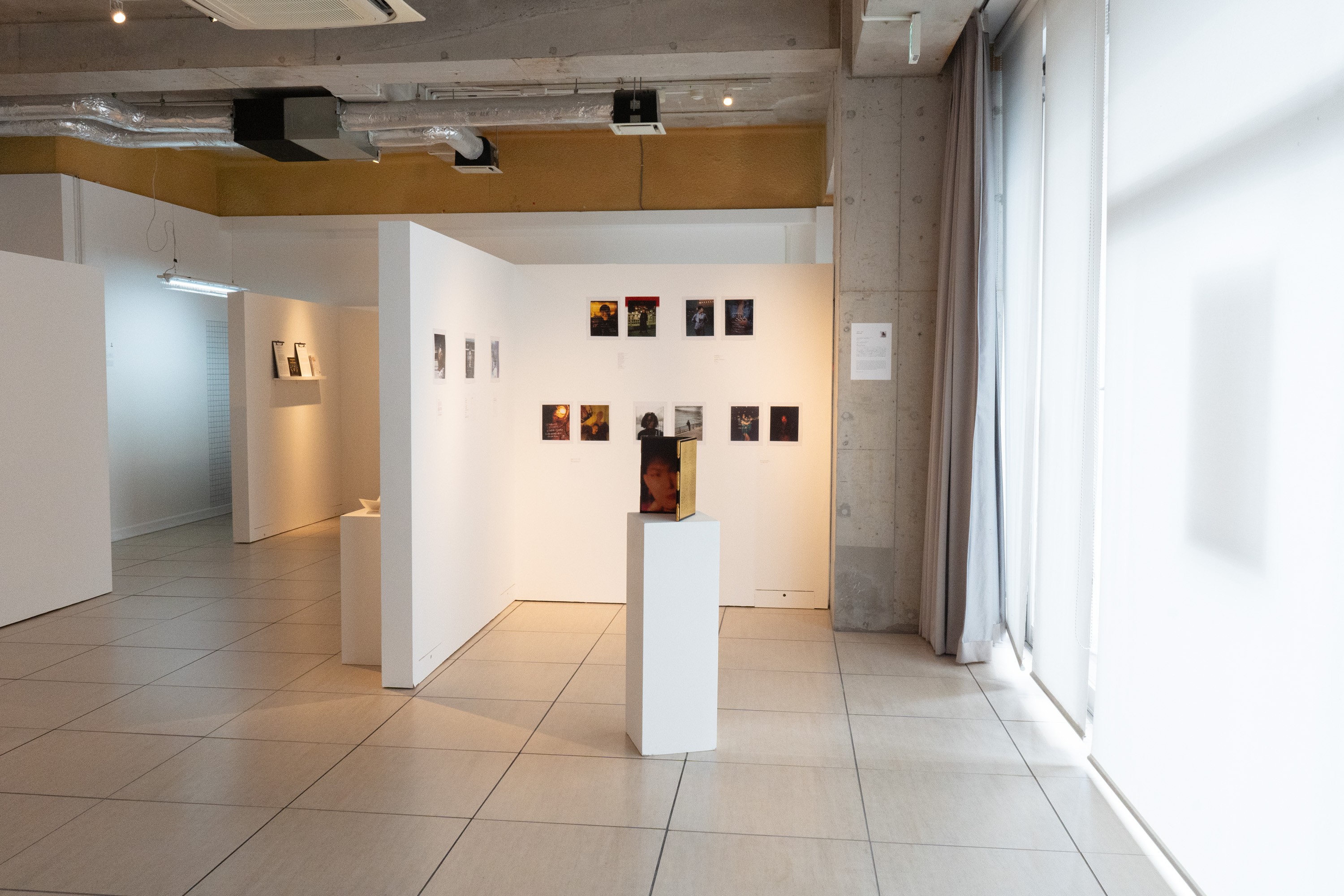
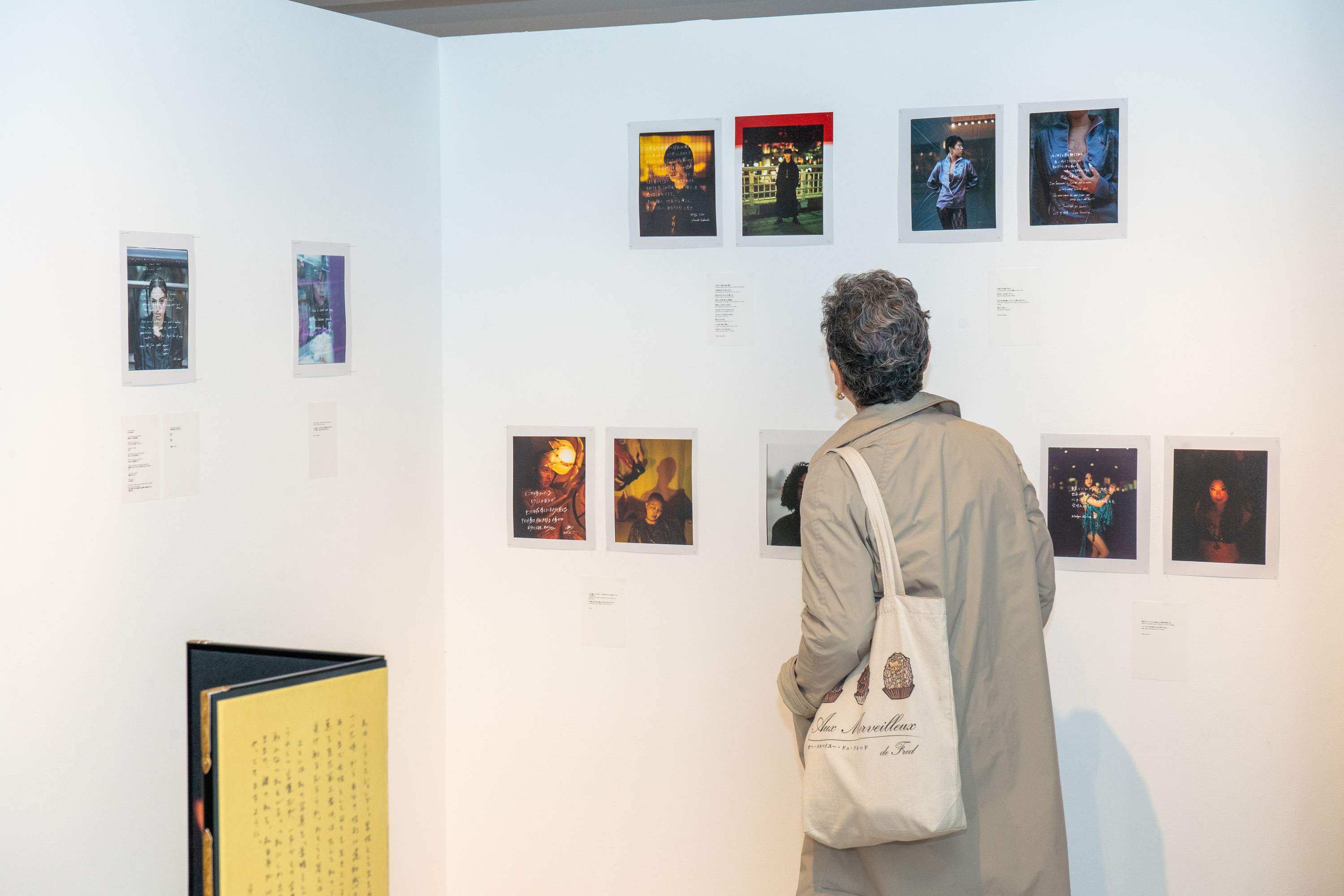
In Praise of Silence (2024)
During my residency at Tokyo Arts and Space, I found myself overwhelmed by the relentless pace of the city. The neon lights, the chaos of the subway, the constant motion of people and the overwhelming noise - it all felt like too much. But in the chaos, I started noticing the quiet moments: the shadow of a temple, the stillness of a footbridge, an empty arcade glowing faintly at dawn. These spaces felt like thresholds, places where time softened and stretched, allowing for pause in a city that rarely stops.
Inspired by Japanese myths like Amaterasu’s retreat into darkness and the writer Jun’ichirō Tanizaki’s In Praise of Shadows, I began photographing strangers navigating their own in-between spaces. Many of them challenged traditional ideas of Japanese identity - being half Japanese, defying conventional ideas of self, or questioning established gender roles - and carried with them a sense of transition. Their presence felt like a reflection of the city itself, caught between tradition and modernity, solitude and connection.
The concept of chinmoku (沈黙), a silence full of potential and possibility, became central to my work. The photographs were hand-printed in the darkroom, their imperfections becoming part of the work. I layered handwritten fragments from the people in the photos - memories, hesitations, dreams - into the images, creating echoes of their inner lives. These portraits aren’t meant to explain; they hold space for what’s unsaid, for the tension and beauty of the unfinished.
I printed some of the work on Japanese byōbu folding screens I designed with the oldest family-run workshop in Tokyo, the layers and shadows evoking the themes of the project. Sculptural objects meant to be moved through, their story unfolding slowly in space. It wasn’t just about looking at photographs, but about experiencing their presence - how they shape both space and time.
Supported by Wijhat Grant.